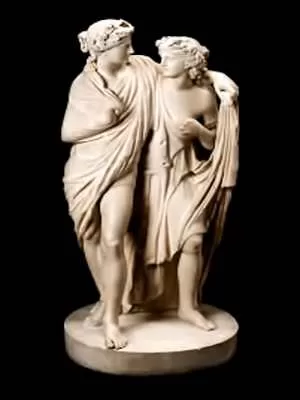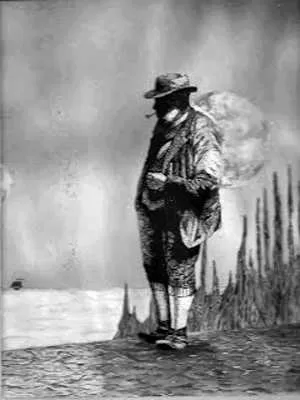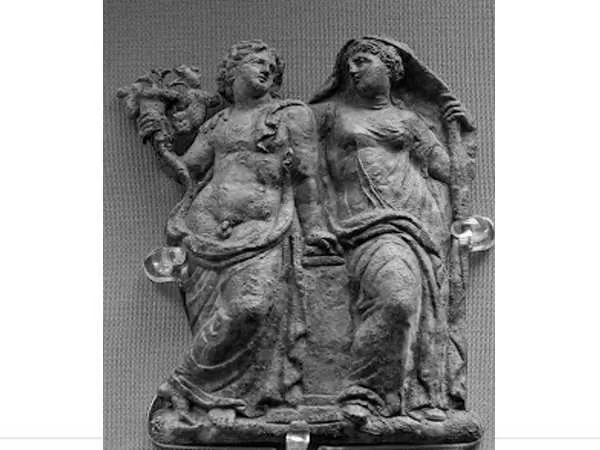The Greek myth of the Minotaur and the labyrinth is one of the most enduring tales from ancient mythology. At its heart is the story of Theseus, a hero who vanquished the bull-headed Minotaur with the help of Ariadne, his lover and the daughter of King Minos. Ariadne provided Theseus with a ball of thread, enabling him to navigate the labyrinth and escape after defeating the beast.
After their escape from Crete, Theseus and Ariadne set sail for Athens. On their journey, they stopped at the island of Naxos. Here, in a twist of fate, Theseus left Ariadne behind as he continued his voyage alone. The reasons for this abandonment vary across different versions of the myth, but all agree that Ariadne was heartbroken and desolate.

In her despair, Ariadne caught the attention of Dionysus, the god of wine and revelry. According to myth, Dionysus was immediately smitten by Ariadne. He married her and they had many children. Even after her death, in some versions at the hands of the hero Perseus, Dionysus journeyed to the underworld to retrieve her, ensuring she could live among the gods on Mount Olympus.
Dionysus, known to the Romans as Bacchus, is often depicted alongside Ariadne in art and pottery. A notable example is a Staffordshire pottery piece I acquired about fifteen years ago. Priced modestly, this small statue represents Bacchus and Ariadne, likely a fairing—a prize won at a fair. Its design draws inspiration from a Graeco-Roman marble copy from the first or second century CE, now housed in the Museum of Fine Arts in Boston. This marble, in turn, may be based on a 4th-century BCE bronze panel currently in the British Museum. The influence of earlier works is evident in the style of the Staffordshire piece.
The myth takes a tragic turn with Theseus’ return to Athens. He had promised his father, Aegeus, that if he survived, he would hoist white sails on his ship. If he perished, the sails would be black. Unfortunately, Theseus forgot to change the sails from black to white. Seeing the black sails from afar, Aegeus believed his son had died and, overcome with grief, threw himself into the sea, which was subsequently named the Aegean Sea in his honor.

Reflecting on this myth, I created a painting in 1980 titled Home At Last, inspired by the legend. The painting, named after the Steely Dan song of the same name, features a ship with black sails on the horizon, symbolizing the tragic miscommunication and the sorrow that followed.
This myth not only highlights the dramatic twists of fate but also underscores the timeless nature of mythological narratives and their influence on art and culture. Whether through ancient pottery, paintings, or stories passed down through generations, the tale of Ariadne and Theseus continues to captivate and resonate with audiences today.

